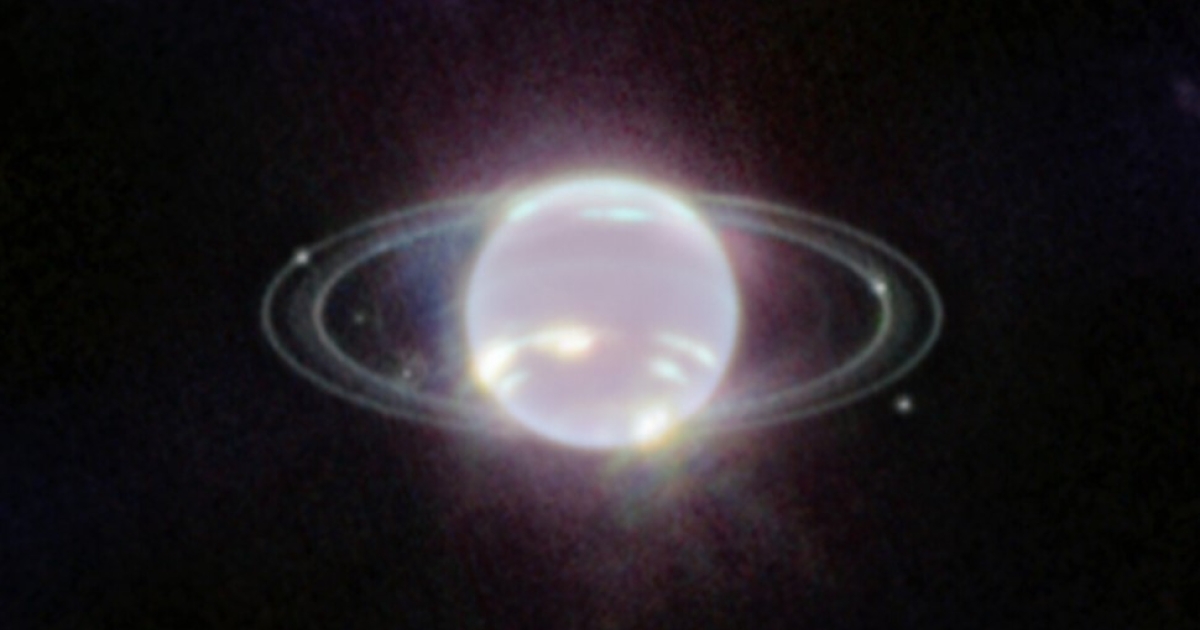
Webb also photographed seven of Neptune’s 14 known moons, most notably Triton covered in intense icy nitrogen.
The James Webb Space Telescope has once again demonstrated its capabilities by photographing Neptune and its rings. They are the clearest images of the distant planet’s rings taken in more than three decades, since they were photographed by the Voyager 2 flyby in 1989.
Some dynamic episodes of Neptune are being filmed for the first time, while others have never been seen in such clarity before. Neptune, which is 30 times farther from the Sun than Earth, has fascinated astronomers since its discovery in 1846. It takes 164 years to complete one orbit around the Sun (that’s the length of its year).
The planet is classified as an ice giant, and compared to the other two giant planets in our solar system, Jupiter and Saturn, it is richer in chemical elements heavier than hydrogen and helium.
Webb also photographed seven of Neptune’s 14 known moons, most notably Triton, which is covered in condensed, frozen nitrogen and reflects about 70% of the sunlight that falls on it, making it appear brighter than it is. Further observations of Neptune and Triton are planned with Webb for 2023.
The James Webb Space Telescope was developed by NASA in cooperation with the European Space Agency and the Canadian Space Agency. As in the case of the Hubble Space Telescope, it was agreed that European scientists would be entitled to at least 15% of the total observation time with Webb.

“Total alcohol fanatic. Coffee junkie. Amateur twitter evangelist. Wannabe zombie enthusiast.”





More Stories
Is this what the PS5 Pro will look like? (Image)
Finally, Windows 11 24H2 update significantly boosts AMD Ryzen – Windows 11 performance
Heart Surgeon Reveals The 4 Things He ‘Totally Avoids’ In His Life